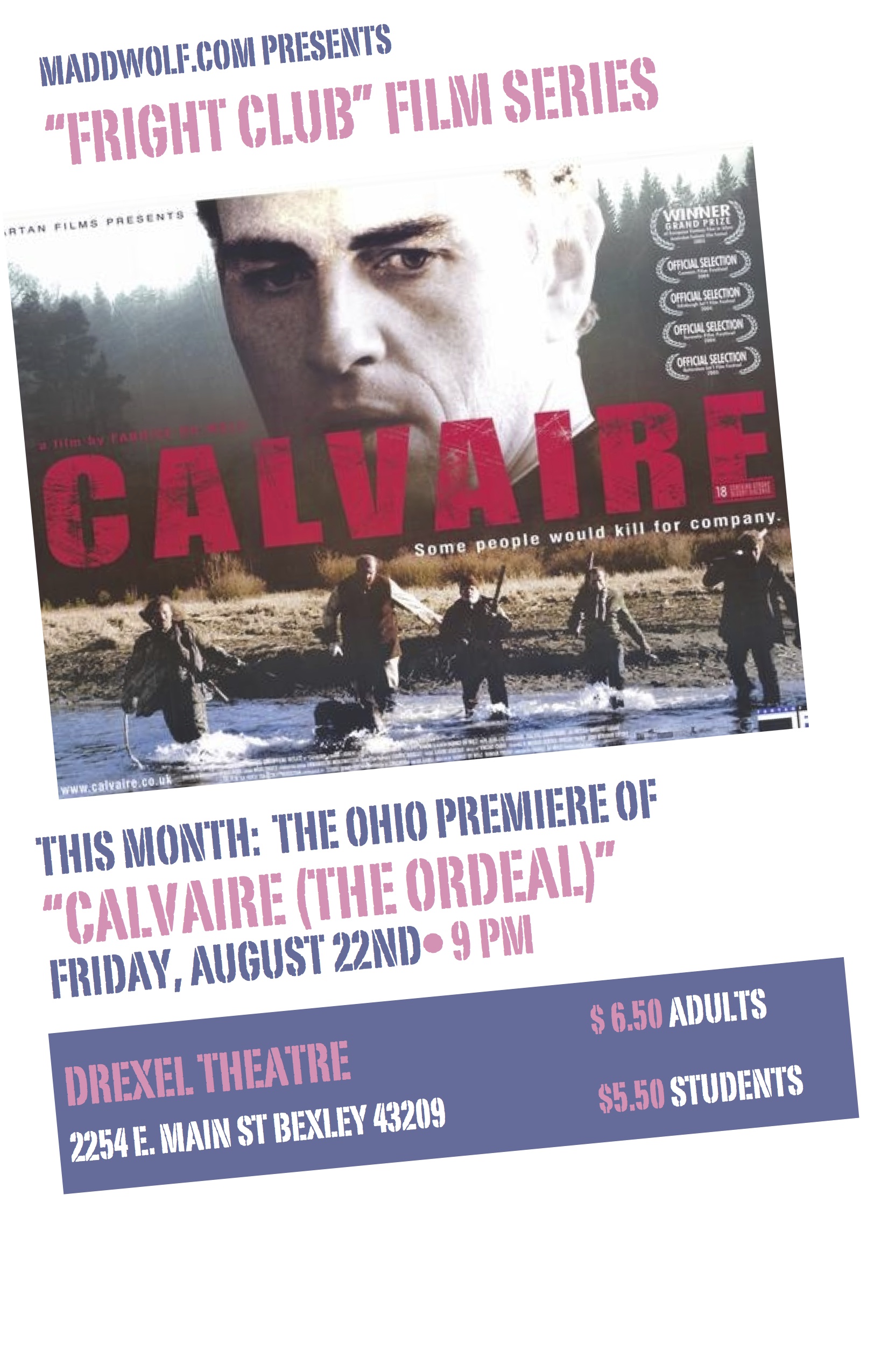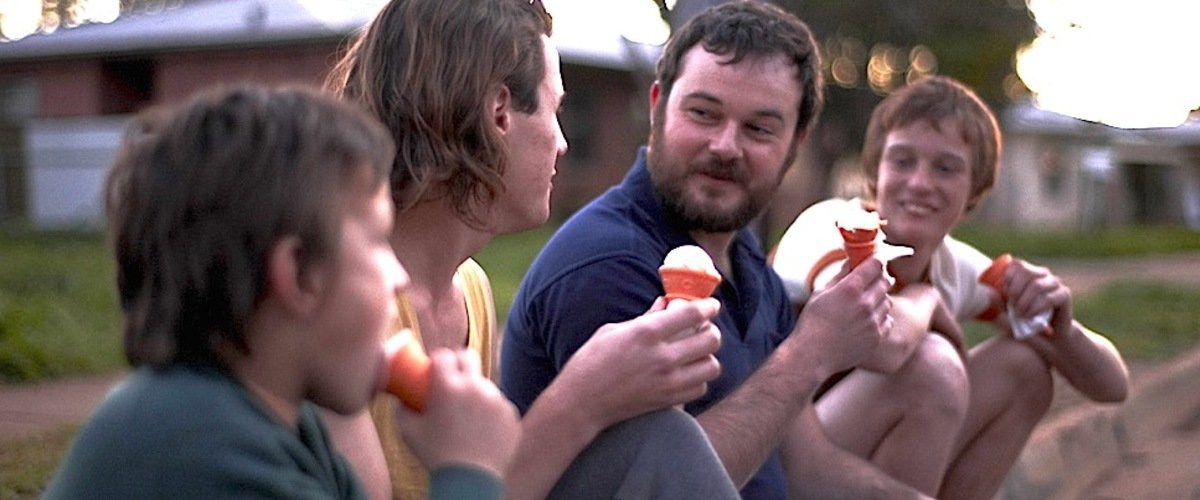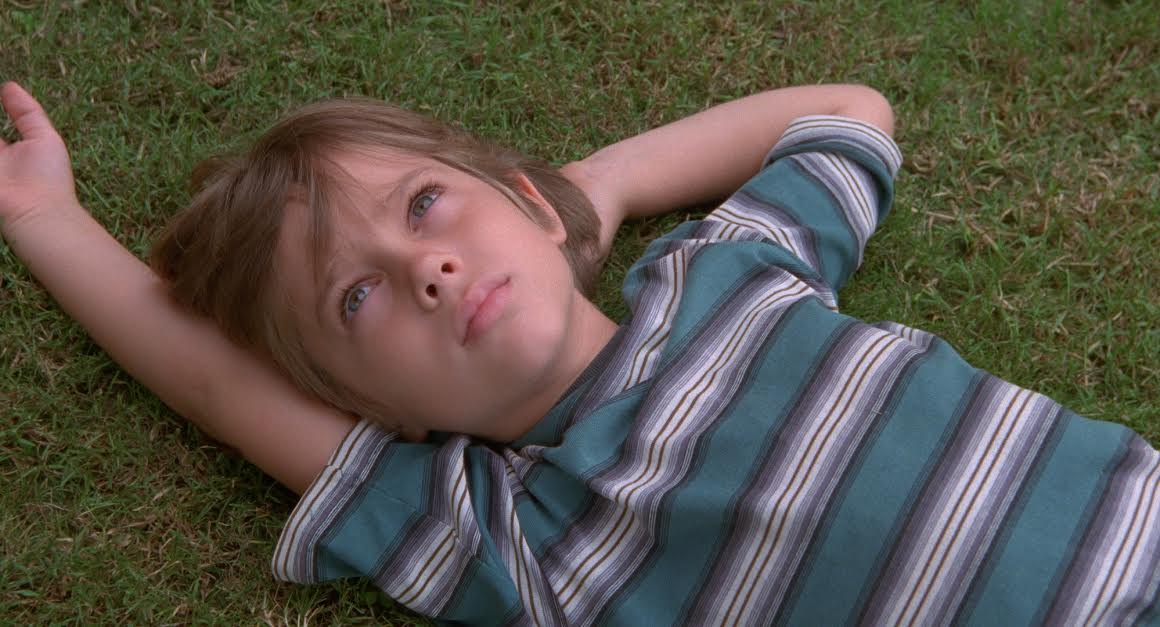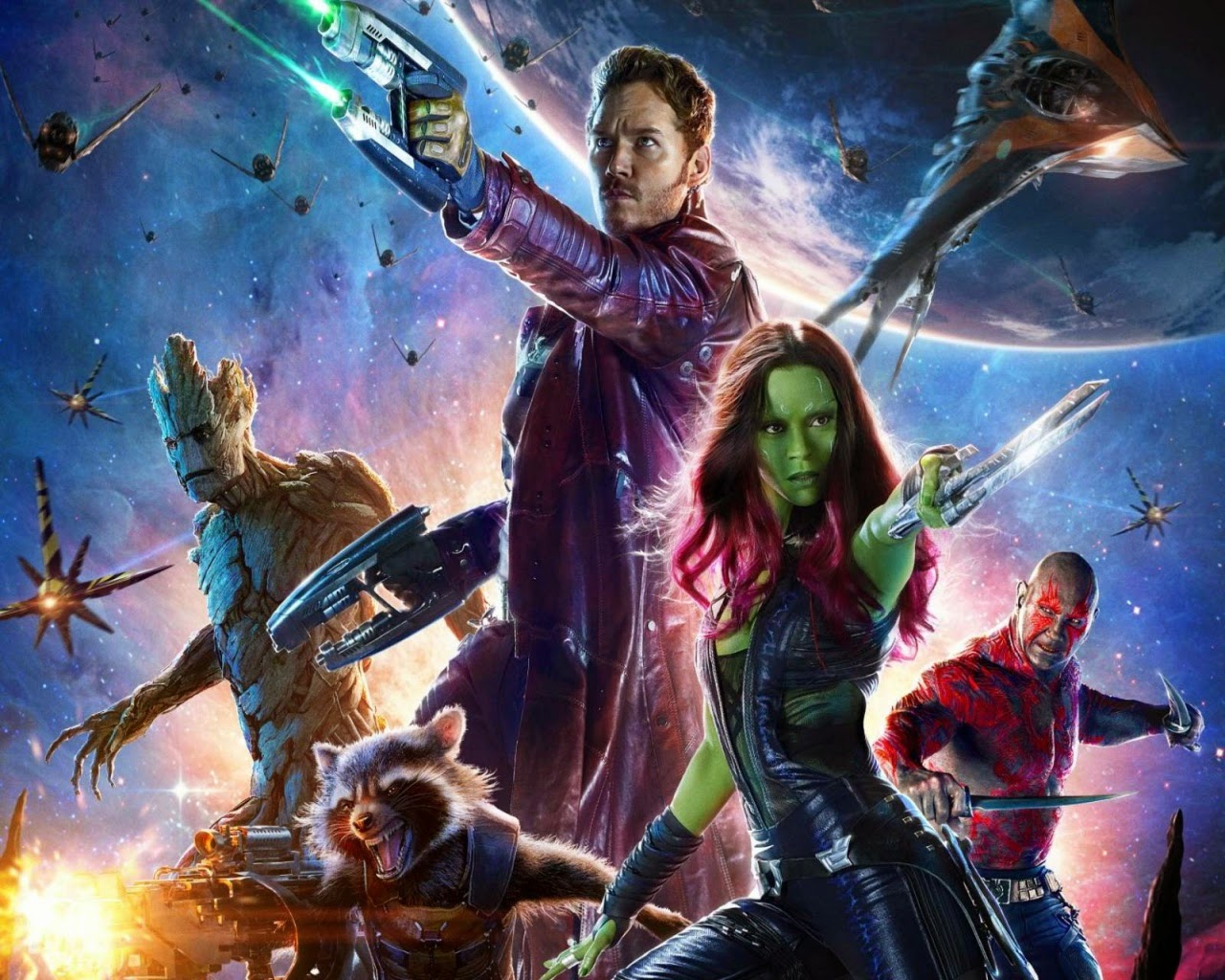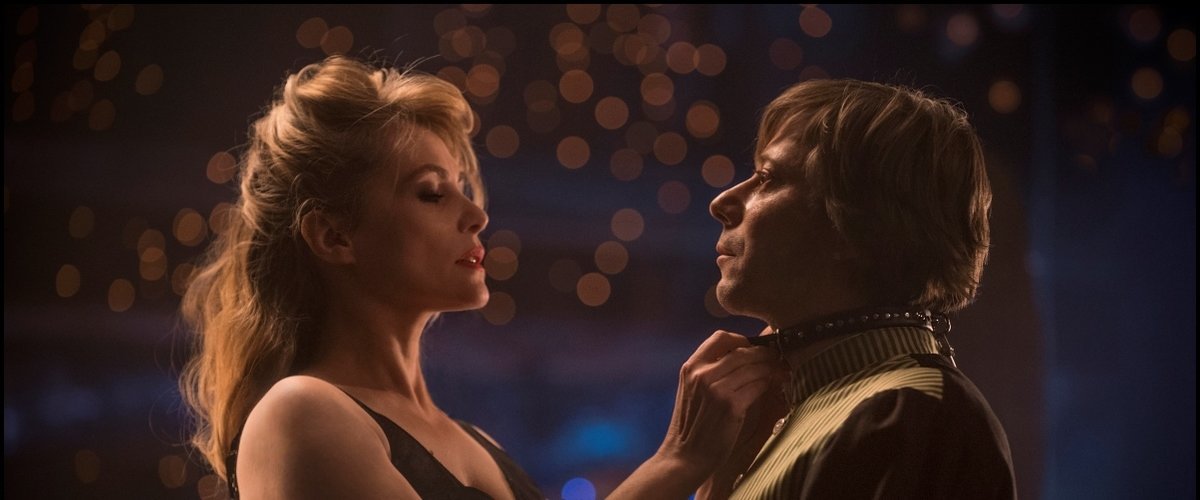The Hundred-Foot Journey
by Hope Madden
I did not have high hopes for this movie about a young Indian cook and his family, who open a restaurant 100 feet from a famous bastion of French cuisine.
Director Lasse Hallstrom’s output has primarily offered superficial romance, trite drama and cheesecloth since What’s Eating Gilbert Grape. And the media blitz about producers Oprah Winfrey and Steven Spielberg says “sledgehammer of sentimentality” to me. Plus, it’s made by Disney, who Slumdogged it up earlier this summer with the tastefully offensive Million Dollar Arm.
But there are two glimmers of hope.
Writer Steven Knight is not faultless, but when he’s on, he is brilliant. (Please see Eastern Promises, Dirty Pretty Things, Locke. Seriously, please see them.) So there’s that.
And any script can be made better when it falls into the hands of the incomparable Helen Mirren. You saw RED, right?
And basically, The Hundred-Foot Journey is an exact sum of its parts. The frothy concoction offers seductive visuals, feel-good cultural blending, trite drama, a script that sneaks in some subtle but bright jabs at France’s recent history of violent racism as well as the high octane competition of haute cuisine, and a gem of a performance by Mirren.
Watching young Hassan (Manish Dayal) struggle with his natural cooking instincts, the culture clash his life has become, and his romantic interest in a rival sous chef pales when compared to the boisterous, enchanting battle of wills between Mirren’s Madame Mallory and Hassan’s father (Om Puri). These two acting veterans are as flavorful and tempting as any of the dishes simmering onscreen, and the film weakens whenever the story pulls away from them.
Hassan’s romantic subplot fails to deliver any heat, and when the film follows him out of town, you can’t help but feel you’re biding your time until your next visit to Pop and M. Mallory.
It’s being called Slumdog Millionaire meets Ratatouille, which isn’t far from the mark. Adapted from Richard Morias’s charming summer read, the film is as sweet as it is harmless. For foodies and folks looking for the cinematic version of a poolside paperback, The Hundred-Foot Journey delivers. If you’re seeking something with a little artistic nutrition, you’ll need to look elsewhere.

